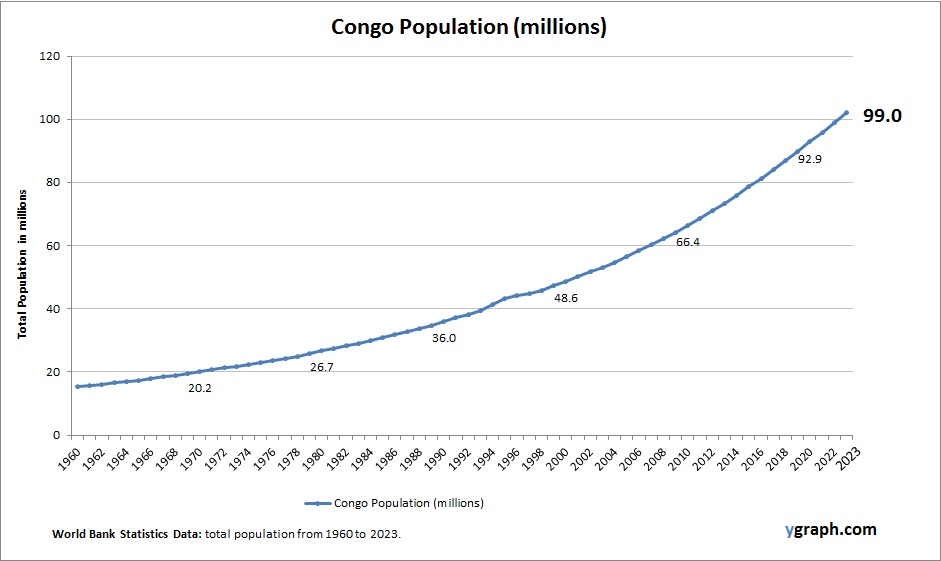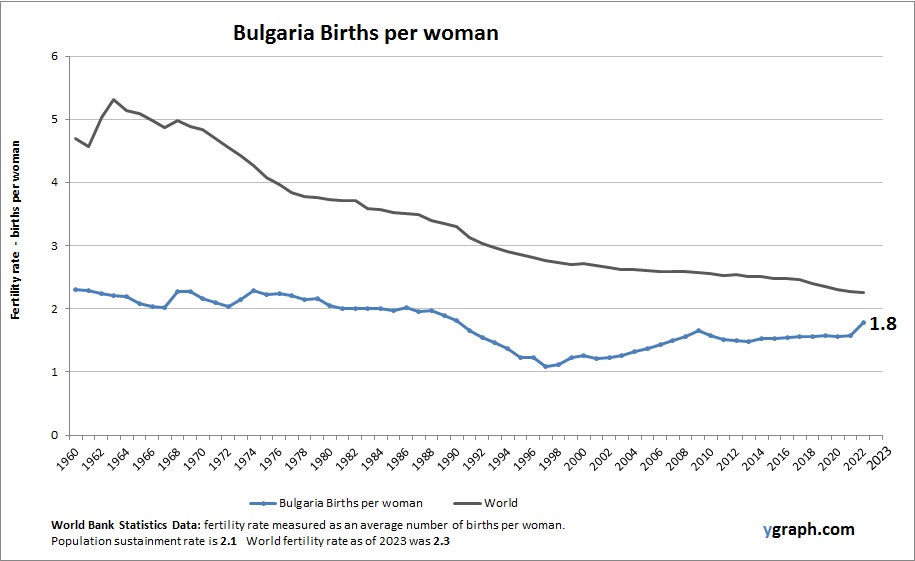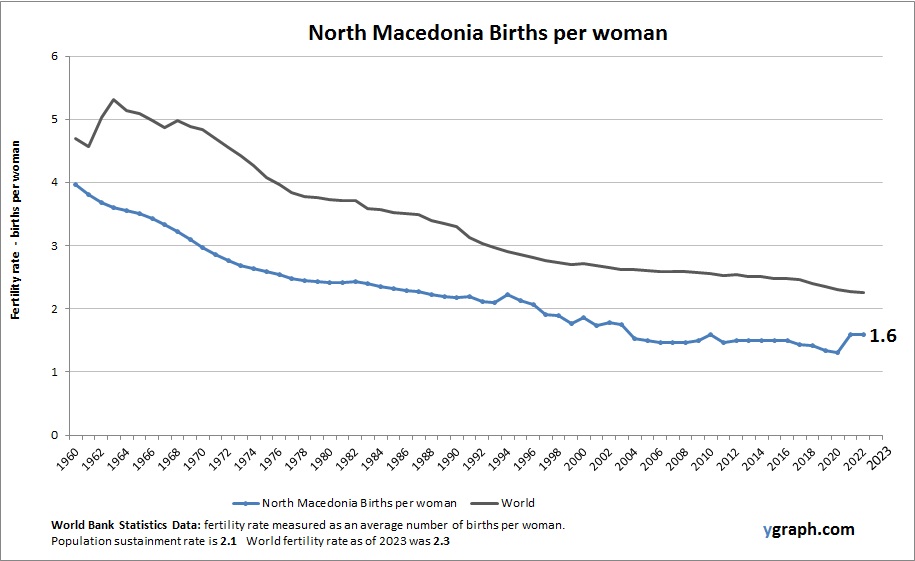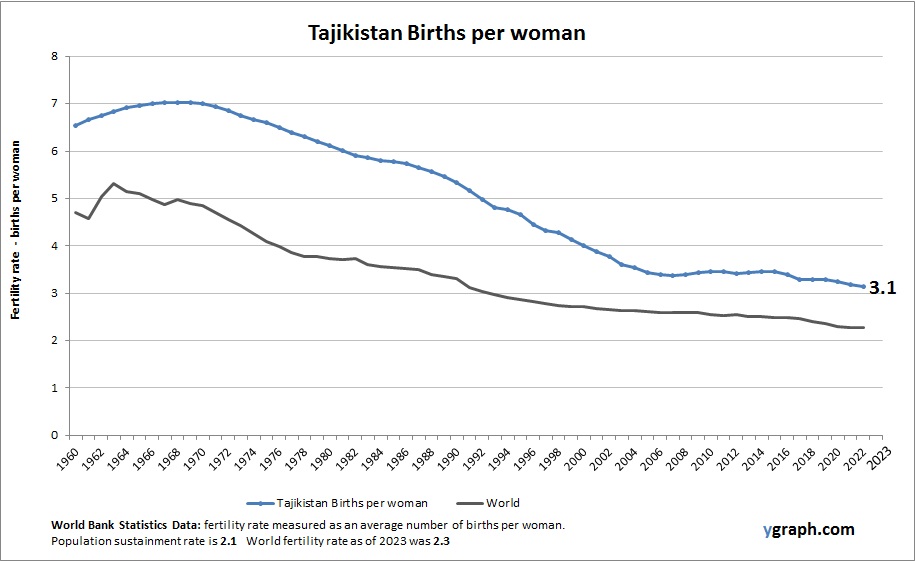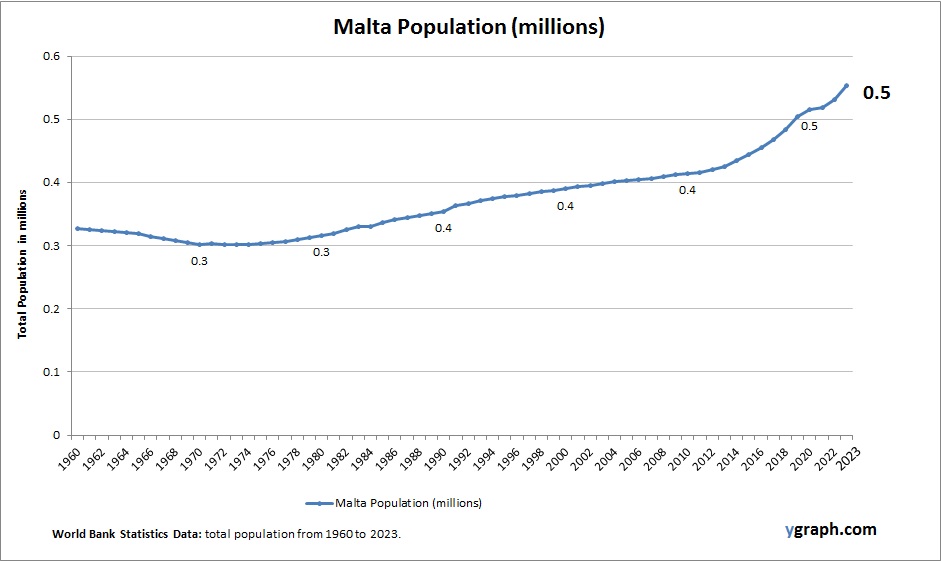This diagram presents Congo Population. World Bank is the source of this population data. Based on the latest demographics info provided for Congo.
The Republic of the Congo has a young and fast-growing population due to high fertility rates. Urban centers like Brazzaville are expanding rapidly, though rural areas still face challenges in education and healthcare. Government efforts to improve infrastructure and public services are ongoing, but population pressures remain significant.
